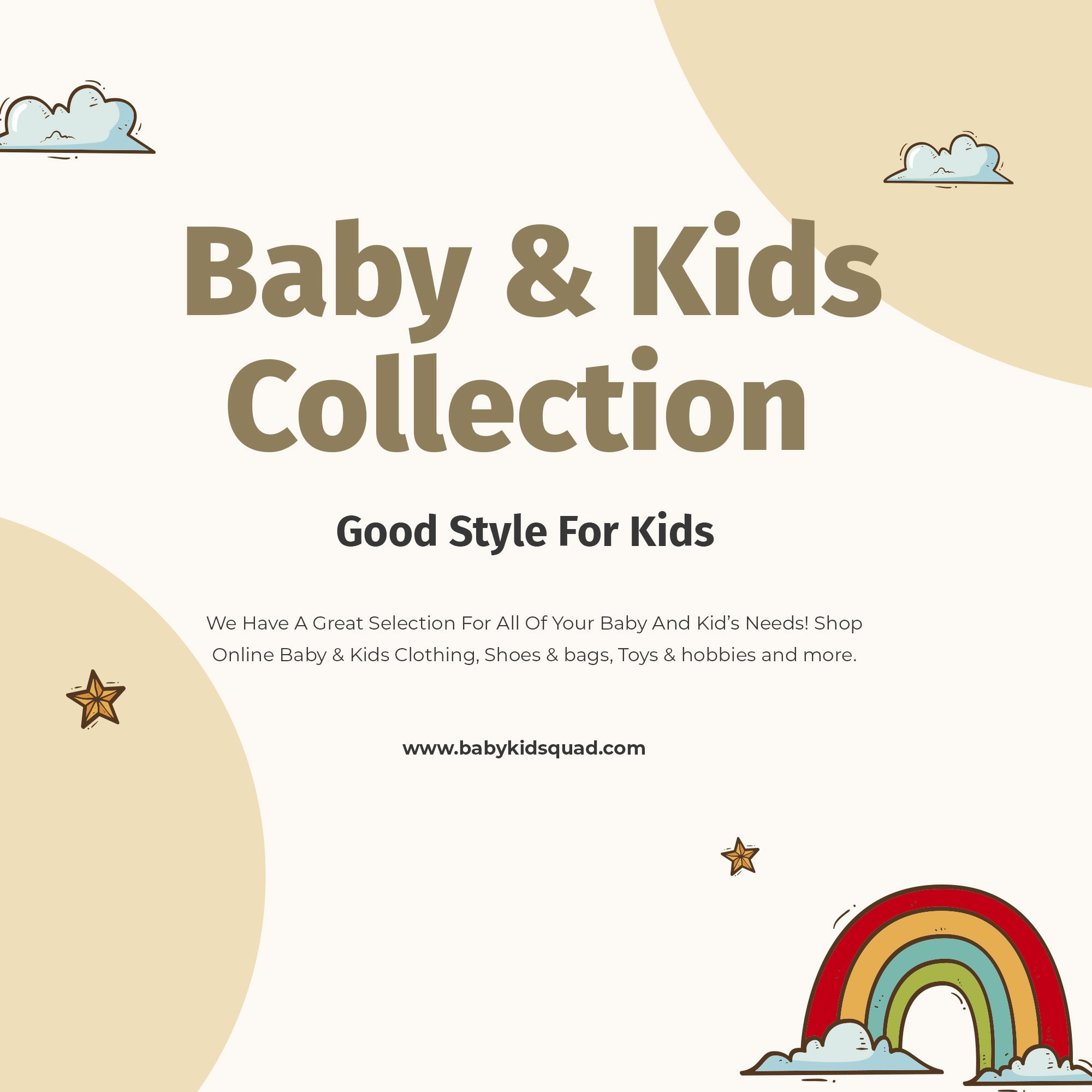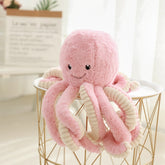What is a Plush Stuffed Animal? A Deep Dive into Cuddly Companions
Table of Contents
- Introduction
- The Historical Evolution of Plush Stuffed Animals
- Understanding Plush Stuffed Animals vs. Other Toys
- The Materials Used in Plush Stuffed Animals
- The Emotional and Developmental Benefits of Plush Stuffed Animals
- The Role of Plush Stuffed Animals in Popular Culture and Trends
- Conclusion
Introduction
Fluffy, colorful, and endlessly huggable—plush stuffed animals have a unique charm that captivates children and adults alike. Recent studies indicate that around 70% of young children own a stuffed animal, showcasing their importance in the everyday lives of families. But what exactly is a plush stuffed animal, and why do they hold such significance in our lives? As parents, caregivers, and guardians, we often find ourselves navigating the world of children's toys, and understanding the nuances of plush stuffed animals can enrich our parenting journey.
In this post, we’ll explore the rich history, diverse types, materials, and cultural impact of plush stuffed animals. Our aim is to provide a comprehensive understanding of these beloved toys, highlighting why they are cherished companions for children everywhere. By the end of this article, you will have a deeper appreciation of plush stuffed animals and how they can play a role in your child's development and comfort.
We will cover various aspects of plush stuffed animals, including:
- The historical evolution of plush toys
- Differences between plush stuffed animals and other types of toys
- Materials used in their production
- The emotional and developmental benefits they offer to children
- The role of plush toys in popular culture and trends
Let’s set out together on this journey to discover the delightful world of plush stuffed animals!
The Historical Evolution of Plush Stuffed Animals
The Origins of Stuffed Toys
The journey of plush stuffed animals began in the late 19th century when Margarete Steiff established the Steiff company in Germany, creating the first stuffed animals. The concept gained immense popularity when a political cartoon featuring President Theodore Roosevelt inspired the creation of the "Teddy Bear." This iconic toy quickly became a household name, and its popularity paved the way for a multitude of stuffed toys.
By 1903, the first fictional character, Peter Rabbit, made its way into the stuffed animal market, setting a precedent for the countless character plushies that would follow. Over the years, beloved characters from literature and media—like Winnie-the-Pooh and Paddington Bear—became cherished companions for children, solidifying the bond between kids and their plush friends.
The Role of Fads and Trends
From the early 20th century onwards, stuffed animals have often experienced waves of popularity driven by cultural trends. The introduction of Beanie Babies in the 1990s revolutionized the market, turning plush toys into collectible items. The advent of electronic plush toys, such as Tickle Me Elmo, further changed the landscape, introducing interactive elements that captured the imagination of children.
In recent years, we’ve witnessed the rise of viral plush toys, like Squishmallows, which combine cute designs with a soft, squishy texture, making them highly sought after. These trends highlight not just the enduring appeal of plush toys but also their ability to adapt and evolve in the face of changing consumer interests.
Summary
The history of plush stuffed animals is rich and varied, marked by cultural influences and evolving consumer demands. From their humble beginnings to their status as beloved companions, plush toys have captured the hearts of generations.
Understanding Plush Stuffed Animals vs. Other Toys
Plush Stuffed Animals Defined
So, what exactly sets plush stuffed animals apart from other toys? At their core, plush stuffed animals are soft toys made from an outer fabric, often filled with synthetic materials like polyester or cotton. They are known for their huggable and flexible nature, which distinguishes them from harder toys made from plastic or metal.
Differences from Other Toy Categories
While some may use the terms "plushies," "stuffed toys," and "stuffed animals" interchangeably, there are subtle distinctions worth noting:
- Plush Stuffed Animals: Typically designed to resemble real animals, these toys focus on providing comfort and companionship. They often feature realistic details, such as fur textures and facial features.
- Plushies: This term often refers to toys that depict fictional characters or objects, including those from cartoons, video games, and pop culture. Plushies are generally considered more collectible and are appreciated for their aesthetic value.
- Other Toys: Traditional toys like action figures or dolls may not have the same soft, comforting qualities as plush stuffed animals. They often focus on imaginative play rather than providing emotional support.
Summary
Understanding the distinctions between plush stuffed animals and other toys can help parents make informed decisions when selecting toys for their children. Plush stuffed animals offer unique comfort and companionship, making them essential for many young children's emotional development.
The Materials Used in Plush Stuffed Animals
Common Fabrics and Stuffing Materials
Plush stuffed animals are crafted from a variety of materials, each contributing to their softness, durability, and overall appeal. Here are some commonly used materials:
- Outer Fabrics: Most plush toys feature outer fabrics such as pile textiles (like plush, velour, or fleece), which provide a soft and inviting texture. These materials are often chosen for their ability to withstand wear while remaining comforting to touch.
- Stuffing Materials: The stuffing of plush toys can consist of synthetic fibers, cotton, or a blend of materials, ensuring that the toys maintain their shape and softness. More innovative plush toys may incorporate memory foam or other specialized materials for enhanced comfort.
- Safety Features: Many modern plush stuffed animals are designed with safety in mind, utilizing non-toxic materials and avoiding plastic features that could pose a choking hazard. This focus on safety is especially important for toys aimed at younger children.
Sustainability in Plush Toy Production
As parents become increasingly aware of environmental issues, many manufacturers have begun exploring sustainable practices in the production of plush stuffed animals. This includes using organic fabrics, recycled materials, and eco-friendly stuffing options. At Baby Kid Squad, we are committed to offering products that not only delight children but also align with modern values of sustainability and responsibility.
Summary
The materials used in plush stuffed animals play a vital role in their comfort, durability, and safety. By selecting high-quality materials, manufacturers ensure that plush toys can be cherished companions for years to come.
The Emotional and Developmental Benefits of Plush Stuffed Animals
A Source of Comfort and Security
For many children, plush stuffed animals serve as a source of comfort, especially during challenging moments such as bedtime or transitions to new environments. Studies have shown that having a comforting object can help reduce anxiety and foster a sense of security. Children often form emotional attachments to their plush toys, using them as a means to navigate feelings of stress or loneliness.
Encouraging Imaginative Play
Plush stuffed animals also play a significant role in imaginative play. Children engage in role-playing scenarios, creating narratives and adventures with their plush companions. This kind of play fosters creativity, problem-solving skills, and social development, allowing children to express their thoughts and feelings in a safe and imaginative way.
Aiding Developmental Milestones
Research suggests that interacting with plush toys can support various developmental milestones. For example:
- Language Development: Children often engage in conversations with their plush toys, helping to enhance their vocabulary and communication skills.
- Emotional Intelligence: Playing with plush stuffed animals allows children to explore feelings and develop empathy, as they care for and nurture their toys.
- Motor Skills: Manipulating and playing with plush toys helps improve fine motor skills, as children grasp, hug, and move their toys in different ways.
Summary
Plush stuffed animals are more than just toys; they provide comfort, promote imaginative play, and aid in essential developmental milestones. Their role in emotional and social development cannot be understated, making them invaluable companions for children.
The Role of Plush Stuffed Animals in Popular Culture and Trends
Iconic Plush Toy Characters
Throughout the years, numerous plush stuffed animals have transcended their status as mere toys to become cultural icons. Characters such as Winnie-the-Pooh, Paddington Bear, and even modern favorites like the characters from “Toy Story” have made plush toys synonymous with childhood joy.
These plush characters often embody values such as friendship, bravery, and kindness, instilling important lessons in children while providing them with a comforting presence.
The Impact of Social Media and Fads
In today’s interconnected world, trends can spread rapidly through social media. In recent years, plush toys like Squishmallows have taken the internet by storm, showcasing the power of digital marketing and community engagement. The viral nature of these toys has led to a renaissance in plush toy collecting, where enthusiasts share their collections online and connect with fellow fans.
At Baby Kid Squad, we recognize the importance of staying on top of these trends, offering a curated collection of popular plush toys that resonate with today’s families. Our selection includes beloved characters and innovative designs, appealing to both children and collectors alike.
Summary
Plush stuffed animals have a significant presence in popular culture, shaped by iconic characters and evolving trends. Their ability to connect with children and adults alike emphasizes their enduring appeal.
Conclusion
In summary, plush stuffed animals hold a special place in the hearts of many, offering comfort, companionship, and a bridge to imaginative play. Their rich history, diverse range of materials, and the emotional benefits they provide make them essential companions for children during their formative years.
At Baby Kid Squad, we believe in the power of plush toys to enrich childhood experiences. Our curated collections of stylish and practical plush stuffed animals are designed to meet the needs of modern families, ensuring high quality and delightful aesthetics.
As we navigate the world of parenting, let’s remember the joy that plush stuffed animals can bring to our children’s lives. Whether it’s a cuddly teddy bear or a quirky plush character, these toys have the potential to create lasting memories and provide comfort through every milestone.
FAQ
1. What are plush stuffed animals made of?
Plush stuffed animals are typically made from soft outer fabrics like plush or velour and filled with synthetic fibers or cotton for comfort and durability.
2. Why are plush stuffed animals important for children?
Plush stuffed animals provide emotional comfort, encourage imaginative play, and help support developmental milestones such as language and emotional intelligence.
3. How do I choose the right plush toy for my child?
When selecting a plush toy, consider your child's age, interests, and any safety features. Look for high-quality materials and designs that resonate with your child's personality.
4. Are there any plush toys suitable for older children or adults?
Yes! Many plush toys are designed for collectors and come from popular culture, making them appealing to all ages. Options like Squishmallows and character plushies from beloved franchises are great choices.
5. How can I care for plush stuffed animals?
To maintain the quality of plush toys, follow the care instructions provided by the manufacturer. Many modern plush toys are machine washable, while others may require spot cleaning to keep them looking their best.
Explore our Baby Clothing, Boys' Clothing, Girls' Clothing, Baby & Mother, Shoes & Bags, and Toys & Hobbies collections for high-quality, stylish products that enhance your parenting experience!





